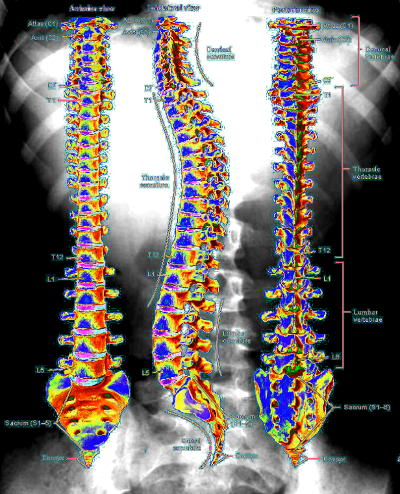Spine tech boosts movement
 Neuroprosthesis has been used to enhance mobility for a Parkinson's patient.
Neuroprosthesis has been used to enhance mobility for a Parkinson's patient.
An innovative neuroprosthetic device, developed by a team of international scientists, has shown remarkable promise in aiding a 62-year-old Parkinson's patient who had suffered from severe mobility issues for three decades.
Around 90 per cent of advanced Parkinson's patients experience locomotor deficits, including balance problems and gait impairments, which significantly impact their quality of life. Current therapies have proven ineffective in addressing these issues.
The implanted ‘neuroprosthesis’ stimulates the spinal cord, influencing the brain cells responsible for leg movements.
By creating a precise spinal cord map for the patient, the device was accurately implanted.
Wireless sensors were employed to detect the patient's intention to move, triggering spinal cord stimulation and the activation of leg movement-controlling brain cells, resulting in a natural walking gait.
In addition to improving the patient's walking and balance, he reported a significant enhancement in his overall quality of life after using the device for two years.
While these results are promising, it is important to note that this study was conducted with a single participant.
The neuroprosthesis, based on targeted epidural electrical stimulation of the spinal cord (EES), was developed to restore natural leg neuron activation disrupted during walking in Parkinson's patients.
The device underwent rigorous testing in non-human primate models before being introduced in a first-in-human trial.
The patient's spinal cord was mapped to guide precise surgical implantation of the neuroprosthesis, which was triggered by wireless sensors detecting the patient's locomotor intentions.
The results indicated a substantial improvement in walking and balance, along with a noteworthy enhancement in the patient's quality of life.
The full study is accessible here.







 Print
Print